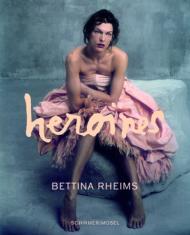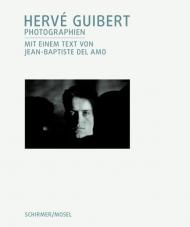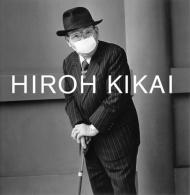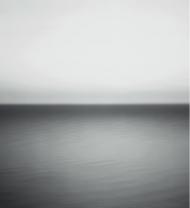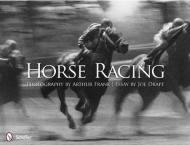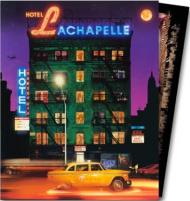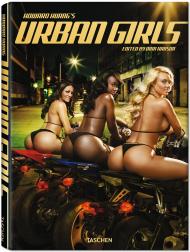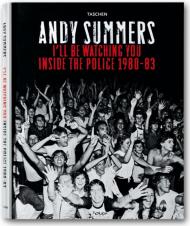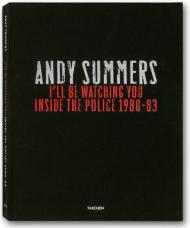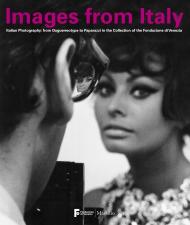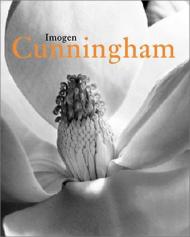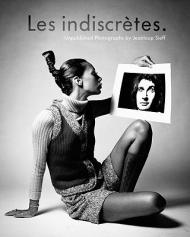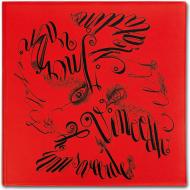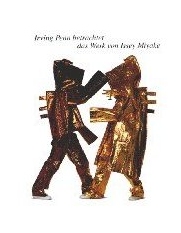This book celebrates a remarkable achievement - the successful cooperation between one of the greatest photographers of the 20th Century, Irving Penn, and the Japanese designer Issey Miyake. Together they have managed not only to combine the Occident with the Orient but raise fashion to the status of art. The result is classical and futuristic at once, their fruitful encounter achieving a remarkable stylistic symbiosis.
_________________
Der japanische Modedesigner Issey Miyake hat einen Sonderstatus. Das liegt nicht zuletzt auch daran, dass er für «Mode» nichts übrig hat, das Wort «Designer» für unzutreffend hält und sich lieber als «Kleiderfabrikant» bezeichnet. Aber macht der heute 61jährige Entwerfer wirklich nur Kleider? «Making Things» hiess seine letzte Ausstellung (NZZ 6. 1. 99): Als (Kunst-)Gegenstände sind denn auch Miyakes Kreationen seit den späten siebziger Jahren immer wieder in Museen gezeigt worden.
In seinen fast 200 Aufnahmen, die seit 1986 entstanden und von denen jetzt 112 im Bildband «Irving Penn betrachtet das Werk von Issey Miyake» veröffentlicht worden sind, begreift auch der Photograph Irving Penn Miyakes Kleider als Kunstgegenstände. Das Buch hält, was sein Titel verspricht, mehr aber auch nicht. Der einleitende Essay kann weder inhaltlich noch sprachlich befriedigen. Vergeblich sucht man eine Erklärung für jene Photos, auf denen eine Etappe aus dem Entstehungsprozess eines Kleidungsstücks abgebildet ist. Dabei sind die vielfältigen, originellen Methoden, mit einem (Roh-)Stoff umzugehen, Miyakes Markenzeichen; ohne Erläuterungen vermag man auf besagten Abbildungen oft nicht mehr zu erkennen als verknotete Taschentücher oder dreifarbige Metallstreifen. Auch was die fertigen Kleider betrifft, hätte man ein paar Angaben zu den Materialien, den Models usw. erwartet.
Doch wo die Form zu wünschen übriglässt, beglückt der Inhalt. Penn, der sowohl Traumfrauen für «Vogue» als auch Eingeborenenstämme in Neuguinea oder Dahomey photographiert hat, betrachtet Miyakes Kleider wie selbständige Wesen mit einem magischen Eigenleben. Eine Form von Animismus schwingt mit. Das Model tritt demgegenüber zurück: Arme und Beine sind entweder gar nicht zu sehen oder in grotesken, rituellen, in jedem Fall unnatürlichen Stellungen; die Gesichter werden bald durch eine Kapuze, bald durch eine Perücke verdeckt oder zu Masken geschminkt. Das widerspricht zwar Miyakes Wunsch, dass seine Kreationen wie eine zweite Haut wirken sollten, fördert jedoch deren expressives Potential zutage, das im Suggestiven, Märchenhaft-Verwunschenen wurzelt.
So wirkt das Buch wie ein Reigen von mysteriösen, keck-ironischen, manchmal auch beängstigenden, stets aber hoch individualisierten Kreaturen aus (viel) Stoff und (ein wenig) Haut: Ritter in schwarzglänzenden Papierrüstungen mit riesigen Halskrausen, breitbeinige Clowns mit aufblasbaren Spitzhüten aus Plastic, ein Plüschaffe mit grossen, kakaofarbenen Gürteltaschen zum Bananensammeln, ein hautfarbener Ganzkörperbody mit aufgedruckten Tattoo-Mustern, ein abstrakt-silberner, plissierter Weihnachtsbaum. Stoffe, so ursprünglich wie Erde, so zart wie Spinnweben. Als letztes Bild ein Anzug aus der (wie der Bildband verschweigt) «Starburst»-Linie von 1998: Recycling-Kleider für Grossstadtastronauten, mit aufgepressten Metallblättern, goldbronzen schimmernd. Zum Auf-den-Mond-Fliegen.
112 colour plates and 22 illustrations
- This book celebrates a remarkable achievement - the successful cooperation between one of the greatest photographers of the 20th Century, Irving Penn, and the Japanese designer Issey Miyake. Together they have managed not only to combine the Occident with the Orient but raise fashion to the status of art. The result is classical and futuristic at once, their fruitful encounter achieving a remarkable stylistic symbiosis.
- Issey Miyake's Kleider in Photographien von Irving Penn
